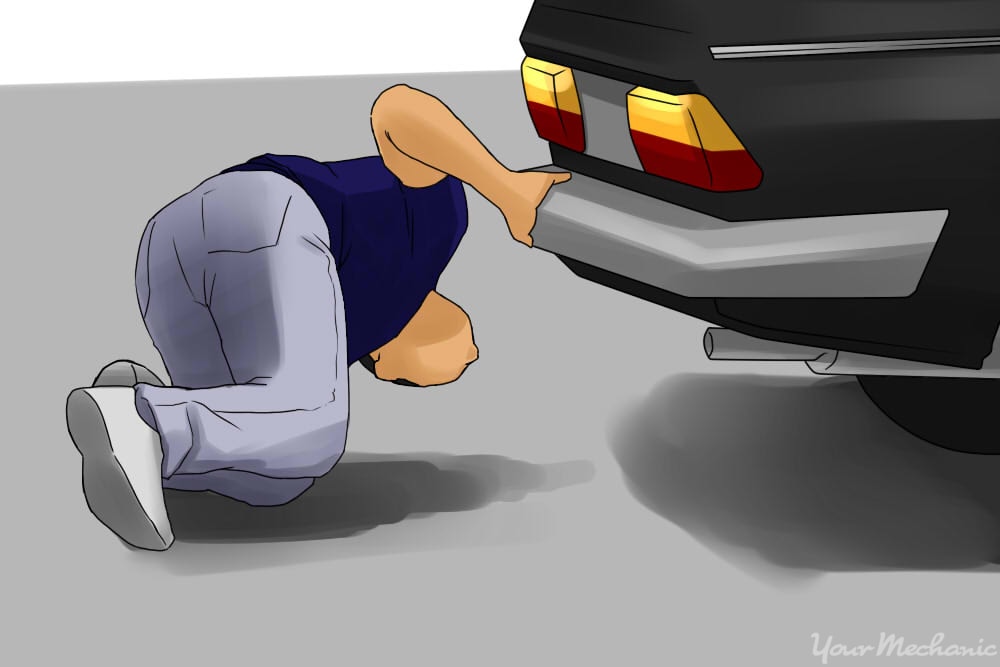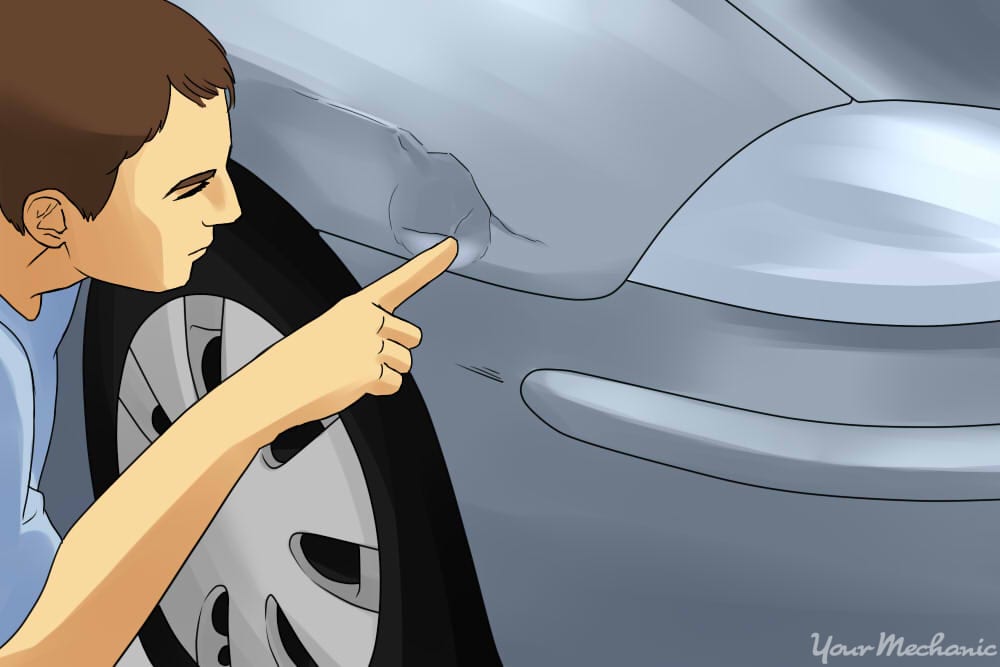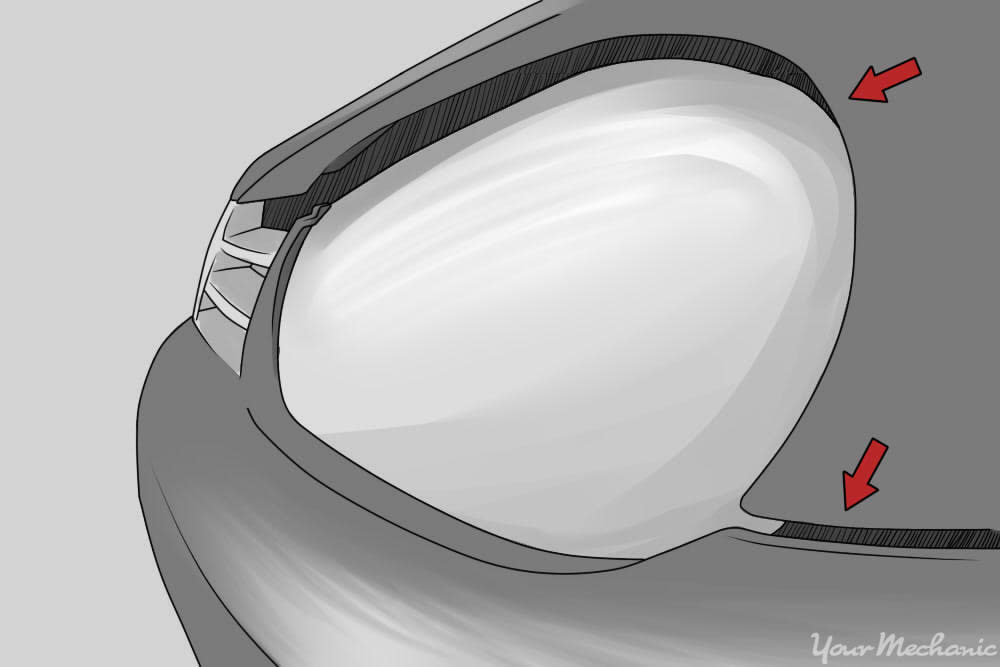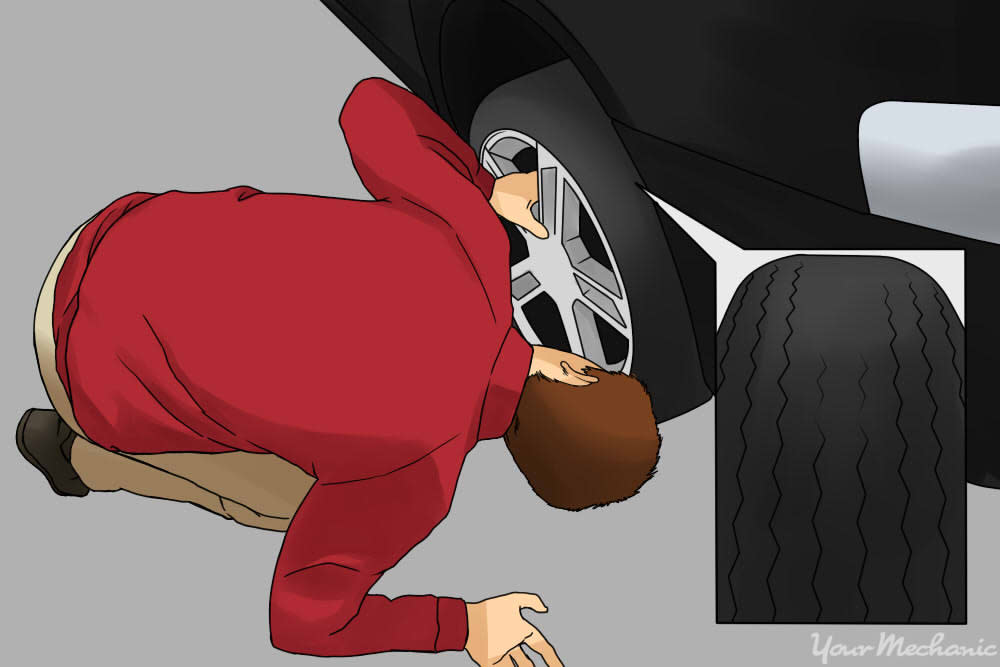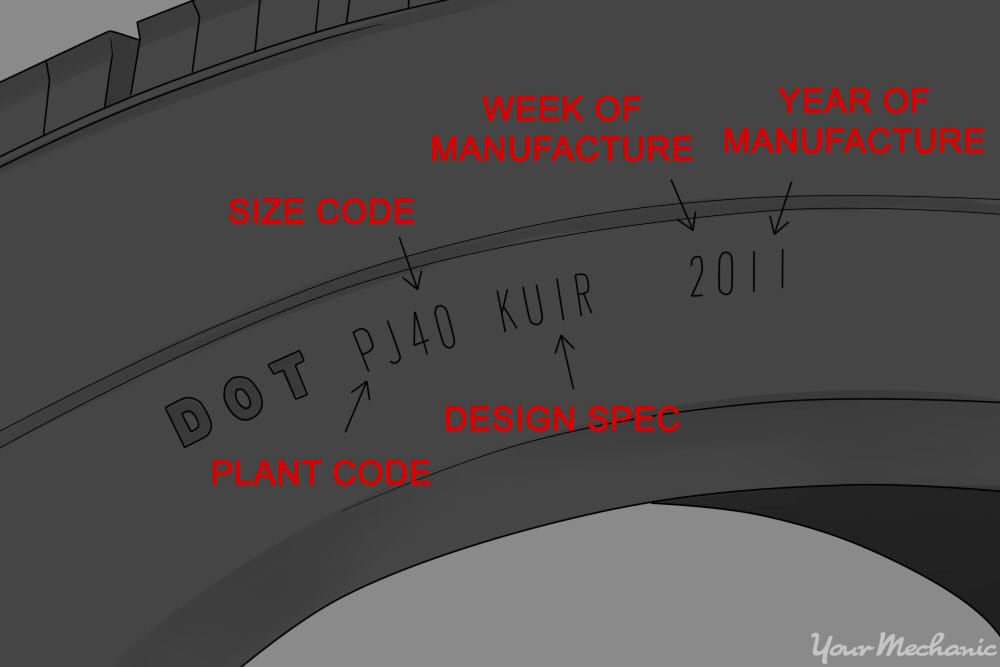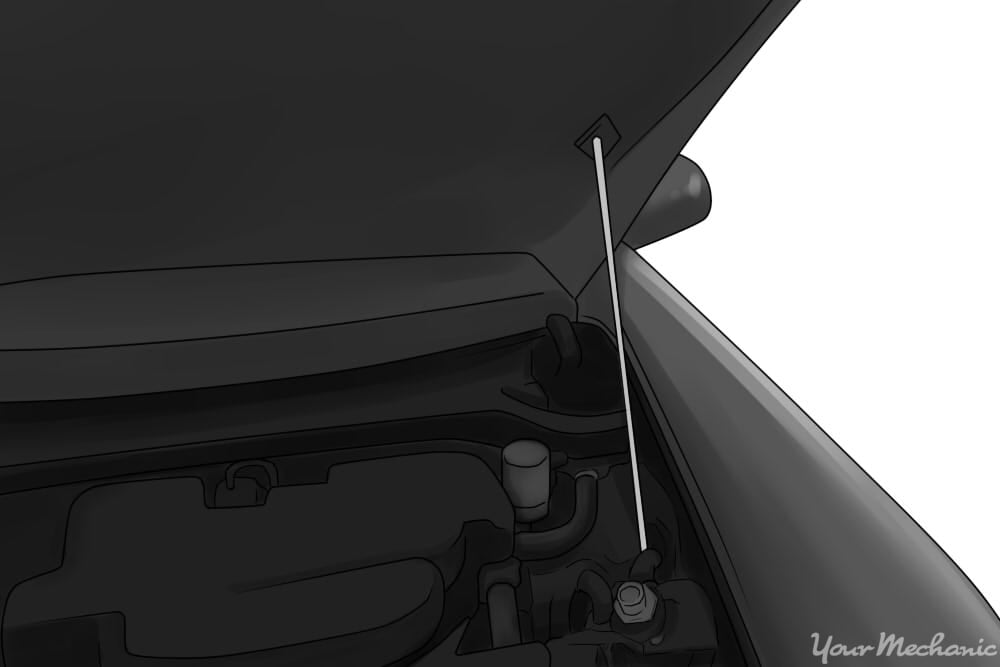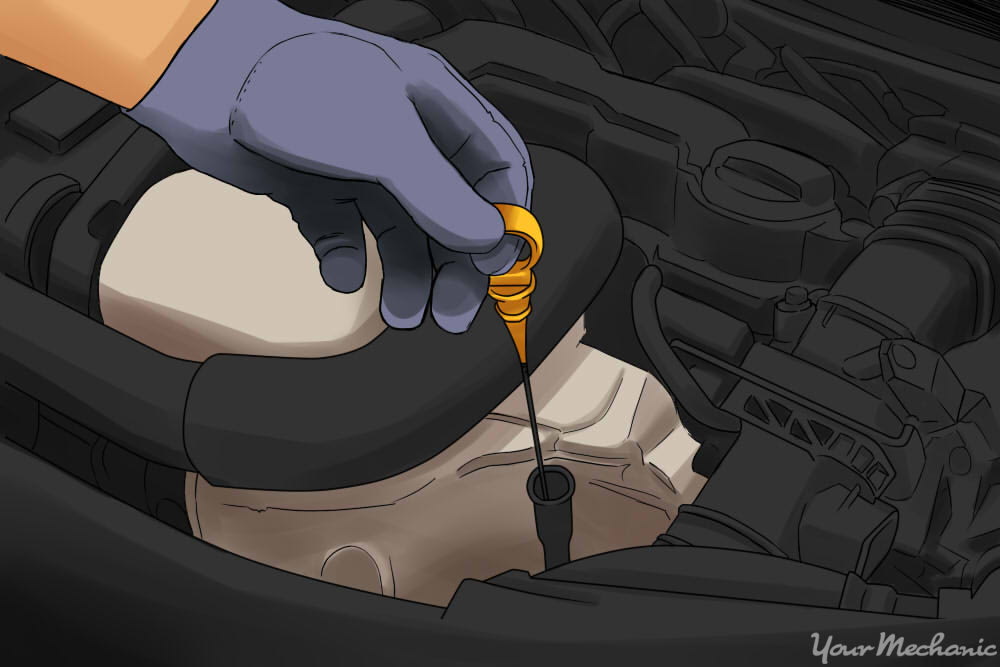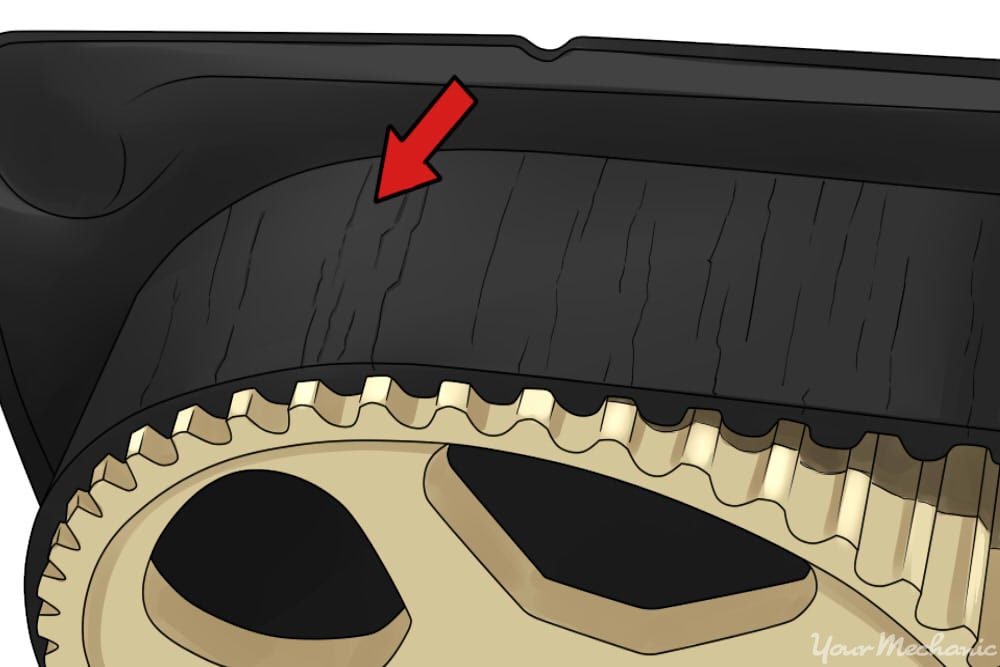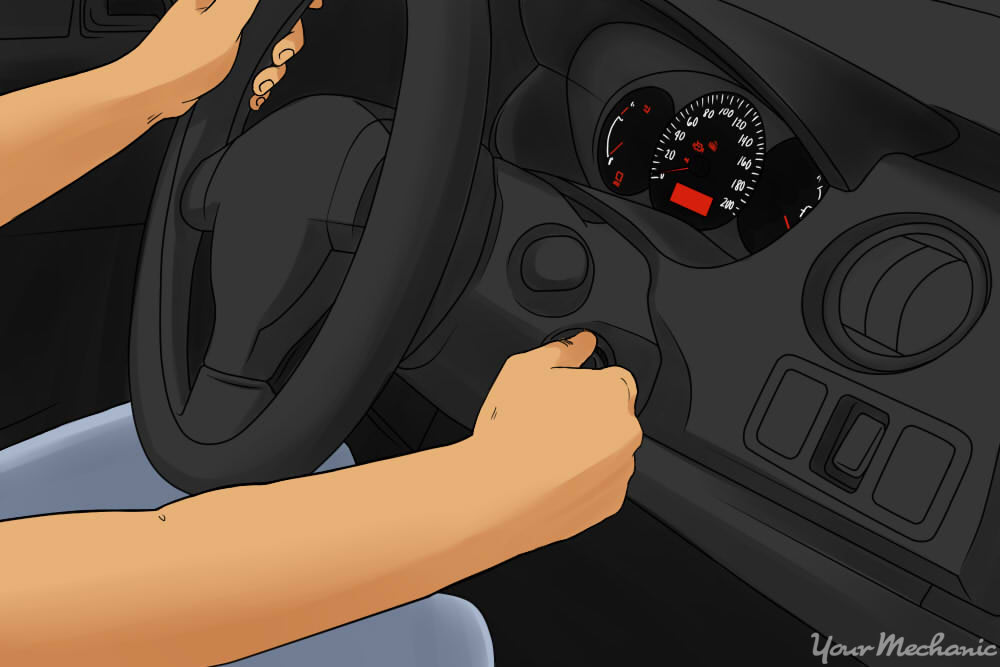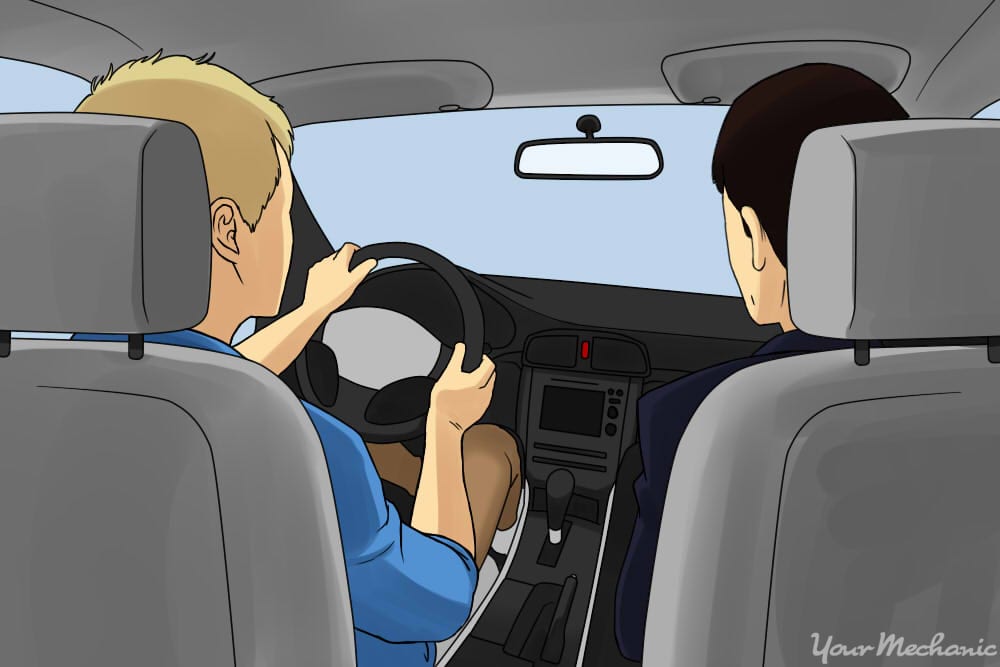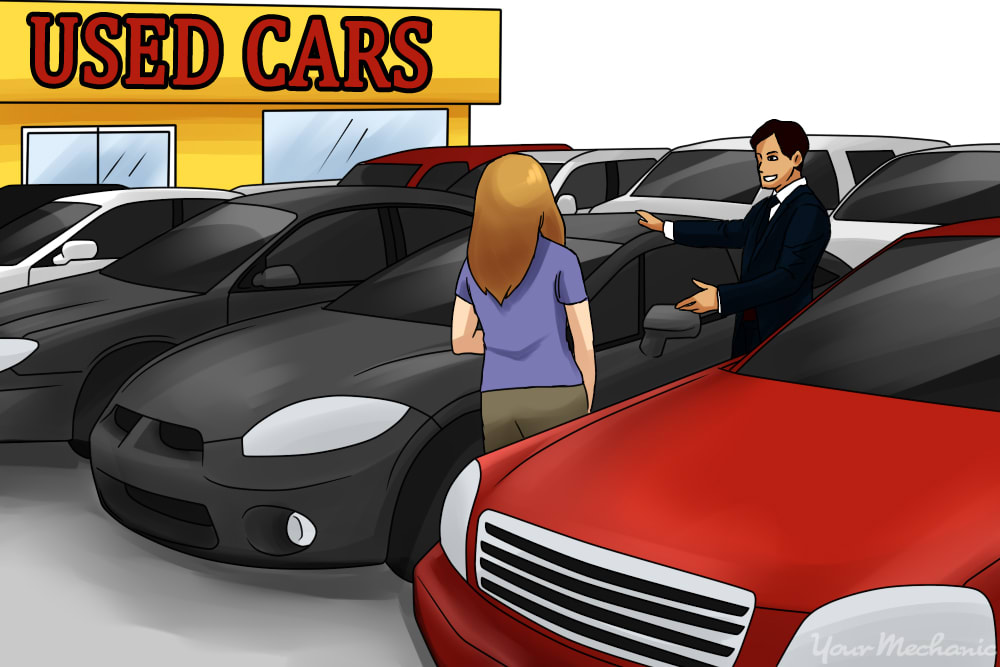

Buying a car can be an overwhelming experience, and buying a used car requires extra vigilance and preparation. Focusing on five important physical categories before purchasing your next used car will help ensure you cover all of the most vital areas - and getting the best price. These five categories are:
- Exterior
- Tires
- Interior
- Engine and transmission
- Steering and suspension
As a general rule, research the price of the car you're interested in so you know how much it should cost. Look at the range in cost for cars that are in very good condition and for those that are in poor condition. This way, you'll begin your search well prepared and with a good understanding of how much the price can fluctuate depending on the condition of the car.
Part 1 of 5: Inspect the exterior
Step 1: Inspect the underbody. Make sure the vehicle is on level ground and kneel down. Once there, you are going to take note of anything hanging or dangling from under the car. This is also a great time to inspect the underbody of the car for rust.
- Rust is caused by salt and can be due to the car being close to salt water air but it is also common in certain cold weather metropolitan areas (Chicago, for example). A car with rust is expensive to fix, so it is best to avoid any car with rust.
Step 2: Inspect the outer body. There are two things to look out for:
Dents or dings: these decrease the value of the car depending on the severity.
Paint Imperfections or discoloration: the more perfect the paint, the higher the value. The paint should be uniform and not have waves.
Step 3: Inspect the exterior lights. It is important to check for cracked or faded head and tail lights. Look for a haze on the plastic cover of the lights as this could be a sign of old lights needing restoration or replacement.
- Ensure that all of the vehicle’s lights work properly, including the headlights, taillights, turn signal lights, reverse lights and license plate lights.
Step 4: Inspect the mirrors. From the outside, you want to make sure the windows and side mirrors are not cracked or missing. In some states it is illegal to drive with a cracked windshield.
Step 5: Inspect the doors. Open and close all doors to ensure they work properly.
Step 6: Inspect the interior. Pop the trunk open and look under the carpet for water damage. You can also smell for odors as water damage will smell like mildew. Be on the lookout for other water damage inside as this could be due to holes or other leakage in the trunk.
Step 7: Check for frame damage. Finally, when checking out the exterior of the car, you want to be aware of any frame damage. Frame damage is a sign that the car was in an accident. Avoid purchasing cars that show signs of frame damage.
Carefully look over where the body parts and panels meet on the car. The space between the hood and the fender should be small and close. All of the body panels should be aligned and uniformed and match up like a puzzle. If they do not, that could mean a repair or replacement.
Door hinges and bolt heads should be free of scratches. Scratches mean they have been touched.
Be aware of welds. Sloppy welds that do not fit together could indicate frame damage. They should also be uniform.
Compare the age of the car to the parts on it. If the car looks one age, but a part looks significantly newer, there is a good chance it was repaired or replaced.
Part 2 of 5: Inspect the tires
It is important to check the condition of the tires. This will allow you to understand not only how much life is left, but it also tells you if the car has suspension or alignment problems.
There are three things to consider when checking tires:
Age: All tires have what is known as a Department of Transportation or DOT number. You will find it on the side wall of the tire and it will tell you the week and year that the tire was made. You can compare this date to the wear of tread to determine the condition of the tires.
Life: Tires come equipped with wear indicators to inform you when the tire’s tread is running low. If the tread and the wear indicator are even or close to, the tires need to be replaced.
Evenness: This will reveal if the car has suspension or alignment problems. You want to make sure that the tire tread is running evenly by looking over the tire evenness. One way to do this is to run your hand to physically back and forth over the tire, making sure it feels even.
Part 3 of 5: Inspect the engine and transmission
Step 1: Make sure that the hood opens and shuts properly. It is also important to verify that the hood prop, whether a hood strut or hood stand, can hold open the hood securely.
Step 2: Visually inspect engine. Visually look over the engine, check for overall cleanliness as this can reveal maintenance.
Step 3: Check the engine fluids.
It is vital to check that the car’s fluids are full. You will want to check and pull the oil and transmission dipsticks. Engine oil should be clear in color. Dirty oil is dark brown or black. The transmission oil should be pink or orange in color. If it smells burnt or is black in color, this could be a sign of lack of maintenance and possible transmission damage.
Next check the brake fluid level and color. It should be clear. If it is black or brown then it is dirty and could lead to the feel of a spongy pedal.
Now we can check the coolant in the expansion tank. If it looks rusty, this is indicative that there is more water than coolant in the tank. Coolant leaks can be various colors depending on vehicle manufacturer.
If the engine is cold you can open the radiator cap and check the fluid there. However is very important that it is only opened when the car has been still and the engine is cold to avoid possible injury from radiator pressure.
If you do see liquid or stains anywhere in the engine area, it is highly recommended to have a mechanic look over the spots and verify why there are there.
Step 4: Check the engine belts.
Be sure to check the alternator, power steering, and AC accessory belts for cracks. If the brand name on the belt is worn off, it is a good indication of an old belt. This shows lack of maintenance and possible future costs after you purchase the car.
Verify with the current owner the last time the timing belt was changed. You are unable to view the timing belt without taking apart the engine, so it is best to get as much information about the state of the belt as possible. A timing belt can be costly to replace.
Step 5: Start vehicle. Start the vehicle, leave it in park with the parking brake on and return to the engine. As you listen, if it sounds as if it is running rough, or if the engine itself is jerking around, it could be indication of worn out engine mounts or a misfire. Any abnormal noises like metal on metal, pinging, or clanking should be addressed as these could be signs of an exhaust leak or other problem.
Part 4 of 5: Inspect the interior
Turn off the car and turn the key to the on position. Verify all dashboard lights are working, especially your check engine light. If a light does not come on, it is likely a bulb is burnt. Start car and make sure all lights now go away. If a light stays on this is indicative of a problem and needs a mechanic to look it over.
Step 1: Make sure everything works inside. Test the following components:
AC (air conditioning) and heater
Radio
Dome lights
Moon roof or sunroof open and close properly
Make sure the seat adjusts properly and that all seat belts are present and in working condition
Verify windows roll up and down properly
Check for quality and condition of carpet. Be aware of rips, tears, stains or faded upholstery.
Check for cracks on dashboard and center console
Part 5 of 5: Inspect the steering and suspension
Now it is time to test drive the car. You will want to drive the car not only on city streets, but also on a freeway to get a good feeling of how the car handles at lower and higher speeds.
Step 1: Check the steering and suspension. Things to look out for on the test drive:
Check for blind spots. Sometimes you think a car is for you until you sit in it and realize there are too many blind spots for you to feel comfortable.
Before driving off, use the steering wheel to face wheels forward. Turn the steering wheel to the right and count how many turns it takes to stop, then do same to left. The amount of wheel turns should match the opposite side, for example, if there were 3 turns on the right, there should be three turns on the left, not three then two. If they do not match, this could indicate steering problems.
While driving, check for quality vehicle steering and the comfort of suspension. The steering should be tight. Make a series of left and right turns, drive over speed bumps, make U-turns and see how car handles.
Be sure to listen for noises and feel that the ride is smooth. Noise and rough rides could be indicative of suspension problems.
Step 2: Take note of other components.
Brakes. Test the brakes on the test drive. Brakes that are pulsating while driving mean warped rotors. Want to feel a secure stop when you brake aggressively so you can feel how the weight of the car is being supported by the suspension, not a lurching forward, if it does lurch forward it’s a sign of weak shock absorbers.
Tires. Like your hands, the tires can feel everything through vibration so you will want to listen for abnormal tire noise. Loud noise can indicate old tires or bad wheel bearings. If you feel the car and the tires pulling left or right, this could be bad alignment.
Gear selector. Make sure the shifter moves into all gears smoothly. Step on the gas pedal and make sure the car accelerates smoothly and with appropriate power. Shaking or shimming can be a sign of engine or suspension trouble.
Windows: Listen for wind noise when windows are up (this can be due to a bad window seal).
After your test drive, give the car another look over. Once you have gone through these steps, you will be better informed on what price to offer for a used car, along with avoiding those that will get you into more trouble. It always recommend to have a certified mechanic perform a pre-purchase inspection, but whatever you decide to do, we hope you feel confident that you are now making the most informed decision.



